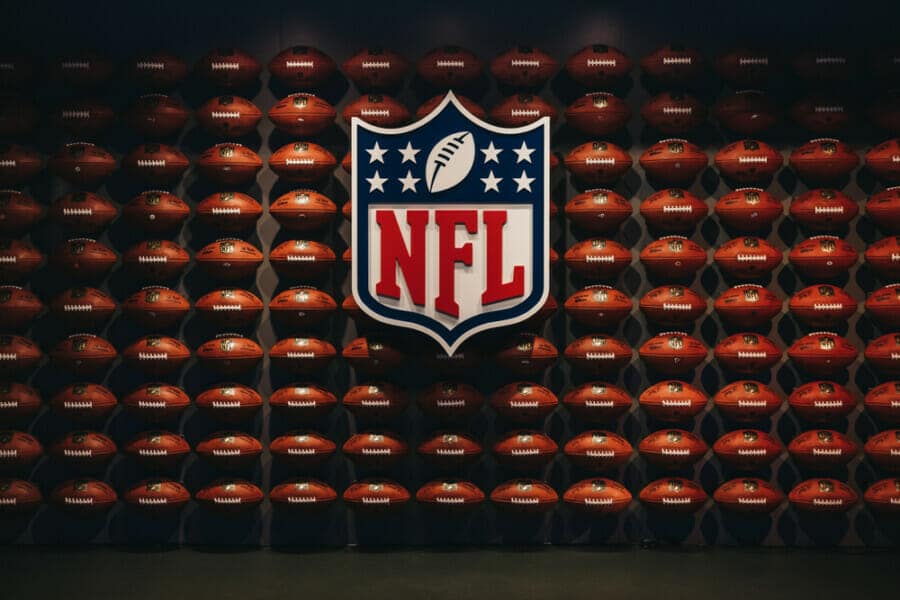The NFL has unveiled thrilling news for both teams and players: the salary cap per team is projected to rise by at least $22 million for the 2025 season. This adjustment indicates that the cap could range from $277.5 million to $281.5 million, marking a substantial increase from last season’s cap of $255.4 million, which was already a record.
What implications does this have for teams and athletes throughout the league? Essentially, it creates a multitude of opportunities as teams strategize their financial plans for the upcoming season. This increase transcends mere figures; it signifies the ongoing expansion and fiscal vitality of the NFL. The league has secured media rights agreements valued at an astounding $110 billion over the next decade, reinforcing the financial foundation of the sport. Last year, we observed the most significant single-year increase in the salary cap, featuring a remarkable jump of $30.6 million driven largely by post-pandemic financial recalibrations to address team advancements and deferrals of player benefits.
However, the specific amount for the salary cap next season isn’t finalized yet. The NFL is presently in talks with the NFL Players Association to resolve a $9 million deferral that was carried over from last year’s cap. The union can reclaim up to $4.5 million this year, with the balance deferred until next year. Such negotiations are routine, as both teams and players aim to ensure transparency and equity regarding financial matters.
While the NFLPA and the league have yet to release any official statements on these discussions, the potential consequences for players and general managers are apparent. An increase in the salary cap generally means enhanced prospects for players who might have been operating under tighter budgetary constraints. For general managers, it provides greater adaptability in terms of strategic signings and roster management.
As we look forward, the timing of these developments is fortuitous. With the scouting combine scheduled in Indianapolis on February 27, agents will be rushing to arrange meetings with general managers and prospective free agents. The new league year will commence on March 12, ushering in an exhilarating free agency period where players may reevaluate their choices, negotiate contracts, or potentially find new teams.
In summary, while the rise in the salary cap may appear as just another statistic, it holds substantial significance in shaping the future of the NFL, opening avenues for talent and prompting strategic changes as teams gear up for the next season. For fans of the sport, this surge of activity is certainly worth watching as the offseason progresses.
Image Source: Alena Veasey / Shutterstock






















